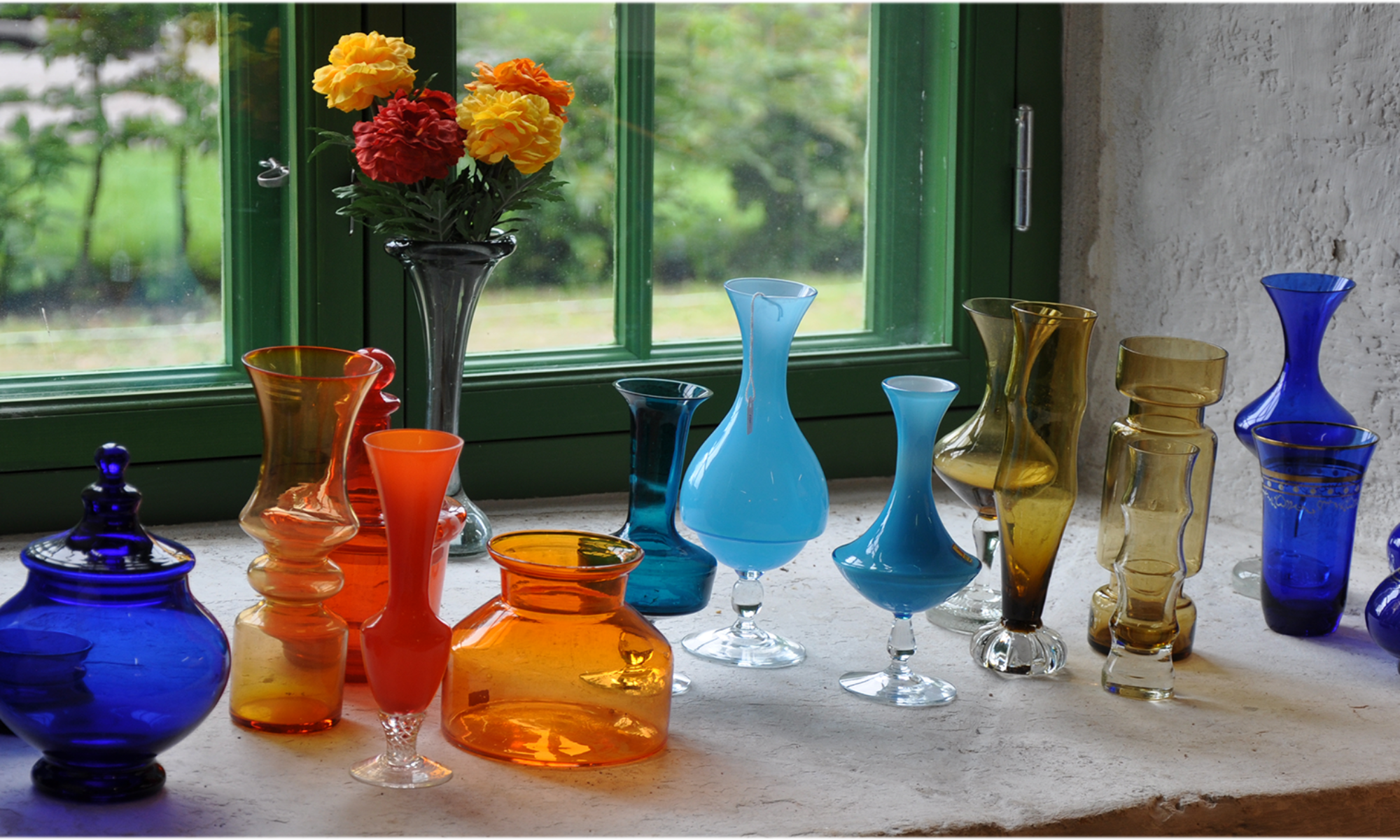In other words, what matters is not so much what you sell, but how you sell it. There are profitable opportunities in every industry – from beauty items and hand tools to beverages and snacks. No matter what they sell, wholesalers discover ways to assert their value to suppliers and customers by discovering the superior service they need to provide, as well as the economic efficiency created by those services. This mindset opens up a multitude of opportunities to pay more attention to individual customer needs, an opportunity to develop margin growth and greater flexibility in product offerings and business diversification. Applied Industrial Technologies was founded 97 years ago in 1923 and currently employs approximately 6,600 people. The company has more than 600 locations across the country and is engaged in the distribution of bearings, technical components of power fluids, drive products and many other industrial supplies. The company has experienced significant growth over the years, with first-year sales reaching just over $80,000. Since the 1990s, the company has begun to grow with medium-sized acquisitions. While they may seem a bit overwhelming, the above necessities don`t always have to be expensive, especially not during the start-up phase. For example, Keith Schwartz, owner of On Target Promotions, started his wholesale tie and belt distribution industry from the corner of his living room. Using no equipment other than a telephone, fax machine and computer, he expanded his business from the living room to the basement to the garage and then into a shared storage room (the whole process took five years). Today, the company operates from a 50,000-square-foot distribution center in Warrensville Heights, Ohio. According to Schwartz, the company has become a designer and importer of ties, belts, socks, handbags, men`s photo frames, etc.
From the producer to the wholesaler to the retailer to the consumer, like most products used in a daily store where competition between other brands is high The choice is yours: you can enter the arena of wholesale distribution with a full selection of products or a limited selection. Usually, this decision is based on your finances, the time you can devote to the business, and the resources you have. Whatever decisions you make, remember that market research provides essential information that allows a company to successfully enter the market, and wholesalers need to do as much as possible – continuously. It`s better to do simple research regularly than to spend a lot of money once on a large research information project, which can quickly become obsolete. Like most startups, the average wholesaler needs to be in business for two to five years to be profitable. There are, of course, exceptions. Take, for example, the ambitious entrepreneur who sets up his garage in a warehouse to equip himself with small hand tools. With his own vehicle and the low overhead offered by his home, he could potentially make money within six to 12 months. For example, an authorized dealer for ABC tractors sells a variety of farm equipment.
The dealer could install billboards with ABC`s logo and name, but could not call his company ”ABC Tractors.” A dealer who obtains dealer status becomes an exclusive supplier of the supplier`s products, often offering sales and services, can name the company by the name of the supplier. For example, an ABC tractor dealer may be referred to as ”Farmington ABC tractors”. This is often seen in car dealerships. Our goal is to provide a comprehensive list of the largest distributors of electronic components operating in North America. We will begin compiling the information for next year`s report in early 2014. A distributor is someone who buys products from a supplier, stores them, and then sells them to retailers or end customers. A distribution contract is a contract between a natural or legal person (the ”Distributor”) and the Supplier that defines the conditions under which the Distributor may sell the Products. Products are purchased from the supplier at a low cost and then sold to retailers or consumers at a higher cost to cover the merchant`s costs and make a profit. To explore this concept, consider the following definition of a distribution partnership. Simply put, as a wholesale distributor, you buy goods to sell at a profit, much like a retailer.
.
